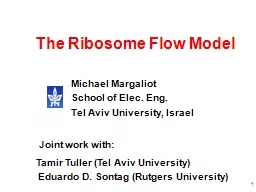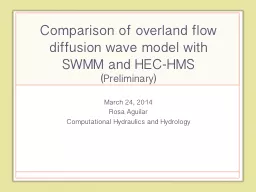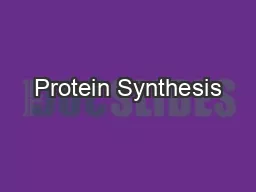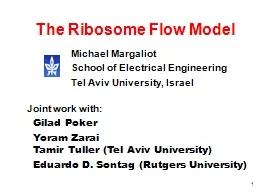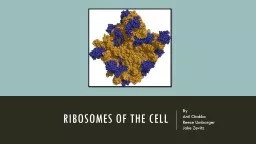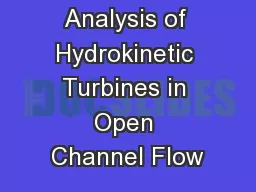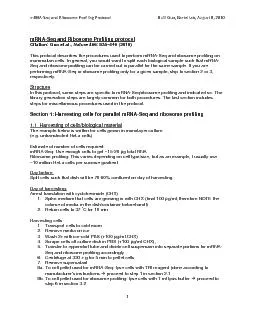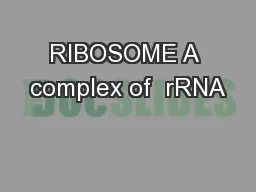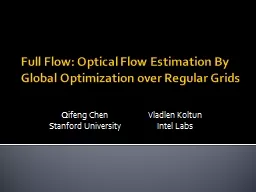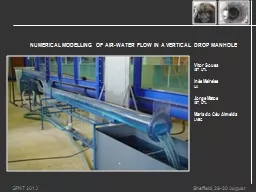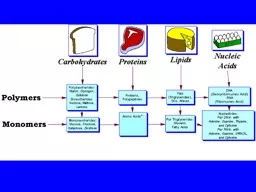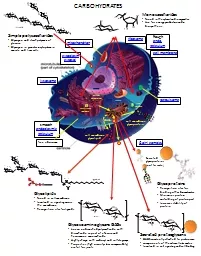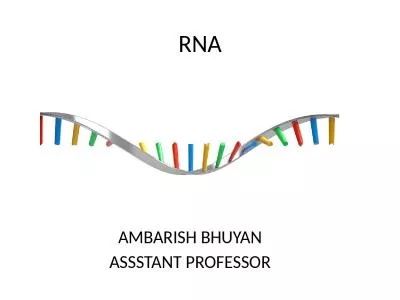PPT-1 The Ribosome Flow Model
Author : faustina-dinatale | Published Date : 2016-07-05
Michael Margaliot School of Elec Eng Tel Aviv University Israel Tamir Tuller Tel Aviv University Eduardo D Sontag Rutgers University Joint work with 2 Overview
Presentation Embed Code
Download Presentation
Download Presentation The PPT/PDF document "1 The Ribosome Flow Model" is the property of its rightful owner. Permission is granted to download and print the materials on this website for personal, non-commercial use only, and to display it on your personal computer provided you do not modify the materials and that you retain all copyright notices contained in the materials. By downloading content from our website, you accept the terms of this agreement.
1 The Ribosome Flow Model: Transcript
Download Rules Of Document
"1 The Ribosome Flow Model"The content belongs to its owner. You may download and print it for personal use, without modification, and keep all copyright notices. By downloading, you agree to these terms.
Related Documents

